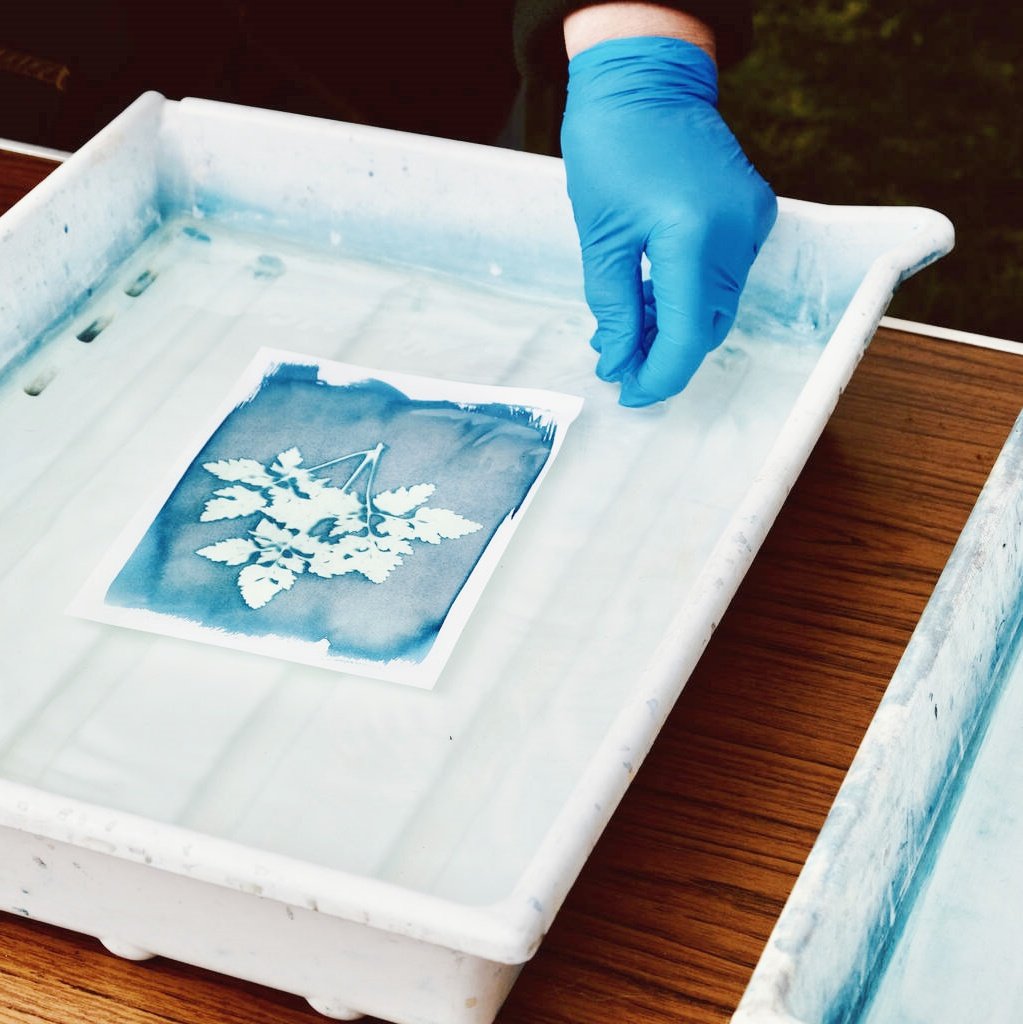In the realm of heat transfer printing, selecting the appropriate plastisol ink is crucial to ensuring print quality, color durability, and production efficiency. With the constant technological advancements and diverse market demands, a myriad of plastisol ink types has emerged, making the choice overwhelming. So, as a practitioner or enthusiast in the heat transfer printing industry, how do you determine which plastisol ink is best suited for your heat transfer needs?
I. Understanding the Basic Characteristics of Plastisol Ink
Before embarking on the quest to find the perfect plastisol ink for heat transfer printing, it’s essential to comprehend its fundamental properties. Known for their exceptional wear resistance, chemical resistance, and vivid color expression, plastisol inks are ideal for applications requiring high color saturation and durability. However, different types of plastisol inks vary in their flow properties, drying speeds, adhesion strengths, and softness, all of which directly impact the outcome of heat transfer printing.
II. Considering Application Scenarios and Requirements
1. Plastisol Ink for Optimal Performance Under Black Light
For prints intended to shine under black lights, such as fluorescent patterns or glow-in-the-dark effects, selecting “best plastisol ink for black light” is paramount. These inks typically contain special fluorescent or phosphorescent pigments that illuminate under specific lighting conditions. Ensure the chosen ink is compatible with your black light system to achieve the desired visual effects.
2. Plastisol Ink Ideal for Screen Printing Beginners
For screen printing novices, “best plastisol ink for screen printing starters” is an excellent choice. These inks offer ease of handling, fast drying times, and vibrant colors, minimizing the risk of issues stemming from inexperience and smoothing the learning curve.
3. Plastisol Ink for Soft-Touch Prints
When softness is a priority, as in T-shirts, athletic wear, and other apparel, “best plastisol ink for soft hand” and related searches like “best plastisol ink for soft hand prints reddit” become relevant. These inks cure to a soft touch, enhancing the comfort of the finished product without compromising color intensity or print integrity after multiple washes.
III. Focusing on “Best Plastisol Ink for Transfers”
1. Color Durability and Vividness
Color durability and vividness are crucial metrics when evaluating plastisol inks for heat transfer. When seeking “best plastisol ink for transfers,” prioritize inks that yield saturated colors that resist fading and maintain their brilliance over time. Such inks ensure optimal visual impact under various conditions.
2. Adhesion Strength and Compatibility
Superior heat transfer plastisol inks exhibit strong adhesion, securely bonding to diverse substrates like cotton, polyester, and nylon. Additionally, they must be compatible with heat transfer papers or films to ensure a seamless transfer process and superior end-product quality.
3. Flow Properties and Drying Speed
Ink flowability directly impacts print clarity and detail rendition. Choose plastisol inks with moderate flow properties that are easy to control, minimizing waste and errors. Fast drying speeds further boost productivity by reducing waiting times.
4. Environmental Friendliness and Safety
As environmental awareness grows, customers increasingly prioritize eco-friendly and safe inks. Selecting “best plastisol ink for transfers” that meets environmental standards not only satisfies customer demands but also enhances your brand image and market competitiveness.
IV. Selection and Testing in Practice
Armed with the above considerations, the next step is selecting and testing the most suitable plastisol inks through practical applications. Conduct small-batch trials to evaluate different inks’ performance under specific conditions, focusing on color outcomes, adhesion, drying rates, and more. Additionally, leverage user reviews and experience sharing for informed decisions.
Conclusion
In conclusion, determining the best plastisol ink for heat transfer printing involves a multifaceted analysis that considers color durability, adhesion strength, flow properties, drying speed, environmental friendliness, and safety. By carefully selecting and testing various inks, you can identify the optimal solution tailored to your heat transfer needs, enhancing print quality and production efficiency.


